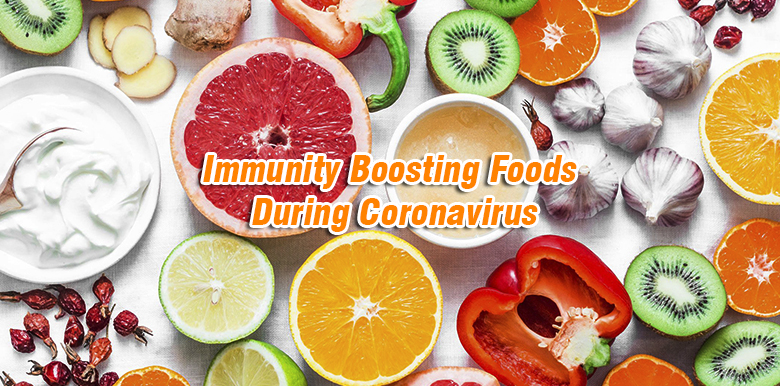Feeding your body certain foods may help keep your immune system strong. In this time of Coronavirus, we need to build up our immune system to the strongest. Plan your meals to include these powerful immune system boosters.
1. Citrus fruits

Citrus Fruits
Most people turn to vitamin C after they’ve caught a cold. That’s because it helps build up your immune system. Vitamin C is thought to increase the production of white blood cells.
Popular citrus fruits include:
- grapefruit
- oranges
- tangerines
- lemons
- limes
- clementines
Because your body doesn’t produce or store it, you need daily vitamin C for continued health. Almost all citrus fruits are high in vitamin C. With such a variety to choose from, it’s easy to add a squeeze of this vitamin to any meal. Additionally, they are rich in plant compounds that have various health benefits, including anti-inflammatory and antioxidant effects.
2. Red bell peppers

Red bell pepper
If you think citrus fruits have the most vitamin C of any fruit or vegetable, think again. Ounce for ounce, red bell peppers contain twice as much vitamin C as citrus. They’re also a rich source of beta carotene. Besides boosting your immune system, vitamin C may help maintain healthy skin. Beta carotene helps keep your eyes and skin healthy. Research shows that the incidence of colds in the population who have the bell peppers is reduced by 50 percent when subjects consume 250 to 1,000 milligrams of vitamin C per day.
3. Broccoli
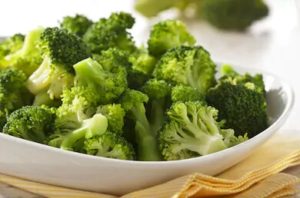
Broccoli
Broccoli is supercharged with vitamins and minerals. Packed with vitamins A, C, and E, as well as many other antioxidants and fiber, broccoli is one of the healthiest vegetables you can put on your table. The key to keeping its power intact is to cook it as little as possible — or better yet, not at all.
4. Garlic
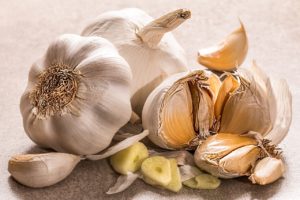
Garlic
Garlic is found in almost every cuisine in the world. It adds a little zing to food and it’s a must-have for your health. Early civilizations recognized their value in fighting infections. According to the National Center for Complementary and Integrative Health garlic may also help lower blood pressure and slow down the hardening of the arteries. Garlic’s immune-boosting properties seem to come from a heavy concentration of sulfur-containing compounds, such as allicin.
5. Ginger

Ginger
Ginger is another ingredient many people take after getting sick. Ginger may help decrease inflammation, which can help reduce a sore throat and other inflammatory illnesses. Ginger may also help decrease nausea.
While it’s used in many sweet desserts, ginger packs some heat in the form of gingerol, a relative of capsaicin. Ginger may help decrease chronic pain and may possess cholesterol-lowering properties, according to recent animal research.
6. Spinach
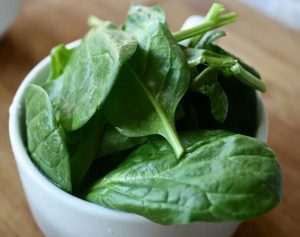
Spinach
Spinach made our list not just because it’s rich in vitamin C. It’s also packed with numerous antioxidants and beta carotene, which may increase the infection-fighting ability of our immune systems. Similar to broccoli, spinach is healthiest when it’s cooked as little as possible so that it retains its nutrients. However, light cooking enhances its vitamin A and allows other nutrients to be released from oxalic acid.
7. Yogurt
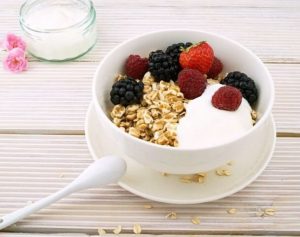
Yogurt
Look for yogurts that have “live and active cultures” printed on the label, like Greek yogurt. These cultures may stimulate your immune system to help fight diseases. Try to get plain yogurts rather than the kinds that are preflavored and loaded with sugar. You can sweeten plain yogurt yourself with healthy fruits and a drizzle of honey instead.
Yogurt can also be a great source of vitamin D, so try to select brands fortified with vitamin D. Vitamin D helps regulate the immune system and is thought to boost our body’s natural defenses against diseases.
8. Almonds
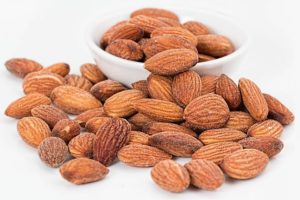
Almonds
When it comes to preventing and fighting off colds, vitamin E tends to take a backseat to vitamin C. However, vitamin E is key to a healthy immune system. It’s a fat-soluble vitamin, meaning it requires the presence of fat to be absorbed properly. Nuts, such as almonds, are packed with the vitamin and also have healthy fats. A half-cup serving, which is about 46 whole, shelled almonds, provides nearly 100 percent of the recommended daily amount of vitamin E.
9. Turmeric
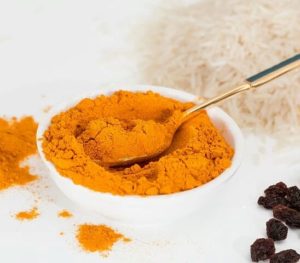
Turmeric
You may know turmeric as a key ingredient in many curries. But this bright yellow, bitter spice has also been used for years as an anti-inflammatory in treating both osteoarthritis and rheumatoid arthritis. Also, research shows that high concentrations of curcumin, which gives turmeric its distinctive color, can help decrease exercise-induced muscle damage.
10. Green tea
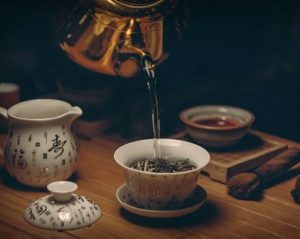
Green tea
Both green and black teas are packed with flavonoids, a type of antioxidant. Where green tea really excels is in its levels of epigallocatechin gallate, or EGCG, another powerful antioxidant. EGCG has been shown to enhance immune function. The fermentation process black tea goes through destroys a lot of the EGCG. Green tea, on the other hand, is steamed and not fermented, so the EGCG is preserved.
Green tea is also a good source of the amino acid L-theanine. L-theanine may aid in the production of germ-fighting compounds in your T-cells.
11. Papaya
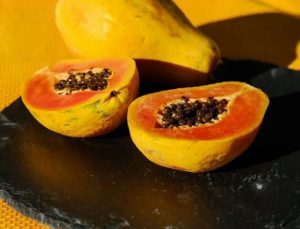
Papaya
Papaya is another fruit loaded with vitamin C. You can find 224 percent of the daily recommended amount of vitamin C in a single papaya. Papayas also have a digestive enzyme called papain that has anti-inflammatory effects.
Papayas have decent amounts of potassium, B vitamins, and folate, all of which are beneficial to your overall health.
12. Kiwi
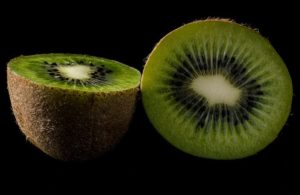
Kiwi
Like papayas, kiwis are naturally full of a ton of essential nutrients, including folate, potassium, vitamin K, and vitamin C. Vitamin C boosts white blood cells to fight infection, while kiwi’s other nutrients keep the rest of your body functioning properly.
More ways to prevent the flu
Variety is the key to proper nutrition. Eating just one of these foods won’t be enough to help fight off the flu, even if you eat it constantly. Pay attention to serving sizes and recommended daily intake so that you don’t get too much of a single vitamin and too little of others.
Eating right is a great start, and there are other things you can do to protect you and your family from the flu, cold, and other illnesses. Start with these flu prevention basics and then read these seven tips for flu-proofing your home. Perhaps most importantly, read up on the flu vaccine and decide whether it’s right for you.
